I was a little bit dismayed by the response to my video about how open worlds are dead and killing innovation the way a zombie attempts to spread the agony of its putrefying status to others. Because I saw a lot of comments along the lines of “Ooh but what about Elden Ring?” “Bet Elden Ring’ll make you change your tune!” “Elden Ring would like a word!” Listen, dickheads: In prior times you’d have been saying “Cyberpunk would like a word!” or “No Man’s Sky would like a word!” There’s always a next big thing, usually it disappoints and occasionally it’s everything that was claimed, but either way what follows is the same: everyone stops talking about it after a month or so and latches onto the next upcoming release with the profile or the marketing budget to selfishly hog all the headlines around launch day, declaring that this will be the one that finally turns our lives around. The names change but the cycle is forever.
Besides, even if the game is mindblowingly good and serves you dinner and rocks the baby to sleep every night, are you familiar with the saying “one swallow doesn’t make a summer?” Or indeed a mutually satisfactory sex life. Just because the triple-A system can belch up the odd decent game, you really think that makes up for the rest of its bullshit? Do you think that somehow makes their priorities unfucked? Plus it’s probably gonna enforce the notion that this sort of overproduced supergame is all that we want and guarantee yet more inferior imitators. Scratching an itchy rash is satisfying but it doesn’t justify covering your entire garden in poison ivy. That’s what Elden Ring is. It’s the satisfying scratch after a long day picking up all the dog turds in the poison ivy garden.
But anyway. As I’m sure even the less engaged of you picked up, Elden Ring is Dark Souls the open world. Because making open worlds out of the previously not open world is just about the only gameplay innovation triple-A is capable of. But this is one of the good ones. I happen to think that going open world is a positive development for a game with an exploration focus, like when Arkham Asylum successfully transitioned to Arkham City. What I like about the Metroidvania-style layout of Soulsy games is the way you have to keep a mental checklist of unexplored paths to go back and check when you’re stuck or better equipped, and an open world is that squared. There’s a lot of directions you can take when you’re in a meadow. Three hundred and sixty, to be precise. Although they tend to get a bit samey.
In the open world of Elden Ring you can ride in any direction and eventually run into something to discover. More often than not that something will swiftly pound you into abstract art, but at least you know it’s not because you were underlevelled. Still, I suppose the same is true of, say, Far Cry 6. Pick a direction and you’ll probably run into a collectible or an enemy base or some other checklist item, so what is it that sets Elden Ring, and other landmark sandboxes like Breath of the Wild, apart from that pile of dogshit? What is it that makes them the Gallants to Ubisoft’s Goofus?
Oh look, both my examples of good sandboxes are Japanese games. And then there’s Yakuza, which sets itself apart by taking the opposite of the wide open scenery approach and instead focussing on cramming as much as it can into a relatively small space. Shall we embrace our inner weeaboos and say that the Japanese tend to be better at sandboxes? Well, no. First counterpoint: Shenmue. Or as I prefer to call it, Shit Poo. But I do think there tends to be a certain attitude in the way Japanese games are made that all these titles reflect, and that’s that they really don’t seem to lose sleep over whether or not players miss anything.
Yakuza is the patron saint of that. Did you know there’s an incredibly elaborate shark fishing rail shooter minigame in Yakuza 6? I didn’t until the postgame stream. That casual attitude to the player overlooking things is what’s very conspicuously missing from your average triple-a Jiminy Cockthroat. You can always tell from those games that doctrines have come down from on high demanding that all the money be on screen as much as possible, and so these games are terrified that you’ll miss something. Players are firmly handheld through linear plot missions taking you to beauty spots A, B and C, aggressively broadsided with tutorials everywhere they go, or there’ll be something like the Horizon Forbidden West thing where the main character is always very pointedly mumbling about how nice it would be to do some sightseeing before the next plot bit.
And since Jiminy Cockthroat is by definition game mechanic stew and we can’t risk the players missing any information related to that, either, these games are usually absolutely plastered with excessive menus, icons and GUI elements. So we have this logic paradox where the game has worked half the art team to death to create the stunning vistas that are about their only real selling point, and then the first time they unfold before you the effect is lost because you’re fixating on the objective marker that’s been nailed to your face like a carrot on a fishing rod.
Somewhere along the line the sandbox game lost sight of what a sandbox actually is: something that is content to let the player discover it on their own without a fussy hand steering them around. That’s always been the case with the great sandbox pioneers – Richard Garriott’s Ultima, David Braben’s Elite, the early GTA games, Minecraft in more recent times – but after multiple generations of tinkering with the format Ubisoft sandboxes have evolved into something closer in spirit to a single player MMORPG. Where the map is a crazy quilt of hacked out busywork and you can only advance to new areas once you’ve reached the necessary level, or specific part of the plot that unlocks it. And at that point you’re not making a sandbox, you’re making a golf course. Something that looks open but still only has one path through holes one to eighteen.
Elden Ring doesn’t do that. It doesn’t have a map splattered in icons or a recommended path to take. It doesn’t have sidequests involving having to plow through some tedious pleb’s dialogue tree before they’ll permit you to go to the icon on the map where their wife is pinned under a tiger or whatever. There’s one bit of direction at the start when the game’s requisite Walmart greeter tells you to head towards that castle in the distance, but if you go straight there you get flattened by a difficulty wall. Which almost feels like the game saying “Sike! Do some exploring and find some upgrades first, twatface.”
And that’s why it works for me. It’s a game that has the confidence to let its world speak for itself. It’s not the beautiful vistas or the characteristically tight Dark Souls atmosphere and combat – any old twit can have those. Only the truly strong of character can laboriously put it all in and then still be fine with the player missing some of it ‘cos they were staring at a wall texture the whole time.
“Here is my world,” the ideal sandbox says. “I don’t care where you go in it because wherever you go you will find something good.” That requires supreme confidence. So this may be correlation rather than causation, thinking about it: a good sandbox is confident enough to let the player off the leash and it’s more likely to be that confident if it knows that it’s a good sandbox. Of course, confidence can also come from being massively self-deluded. Shenmue springs to mind again. Shenmue certainly has confidence. As well as shit and poo.

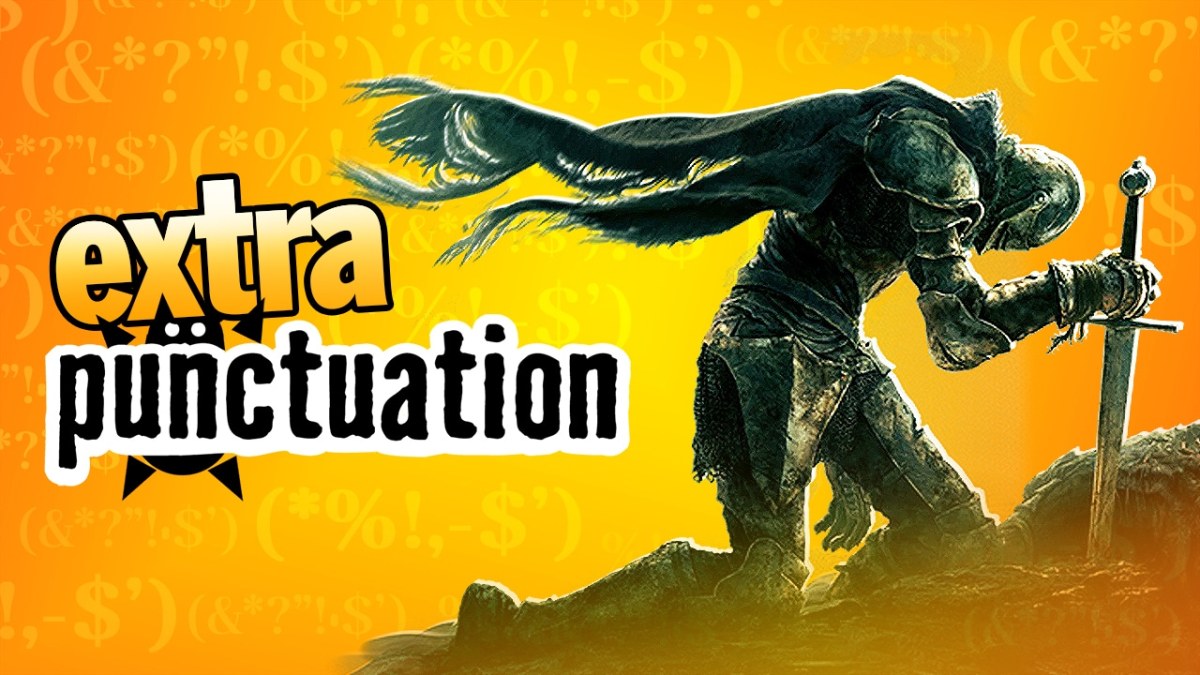
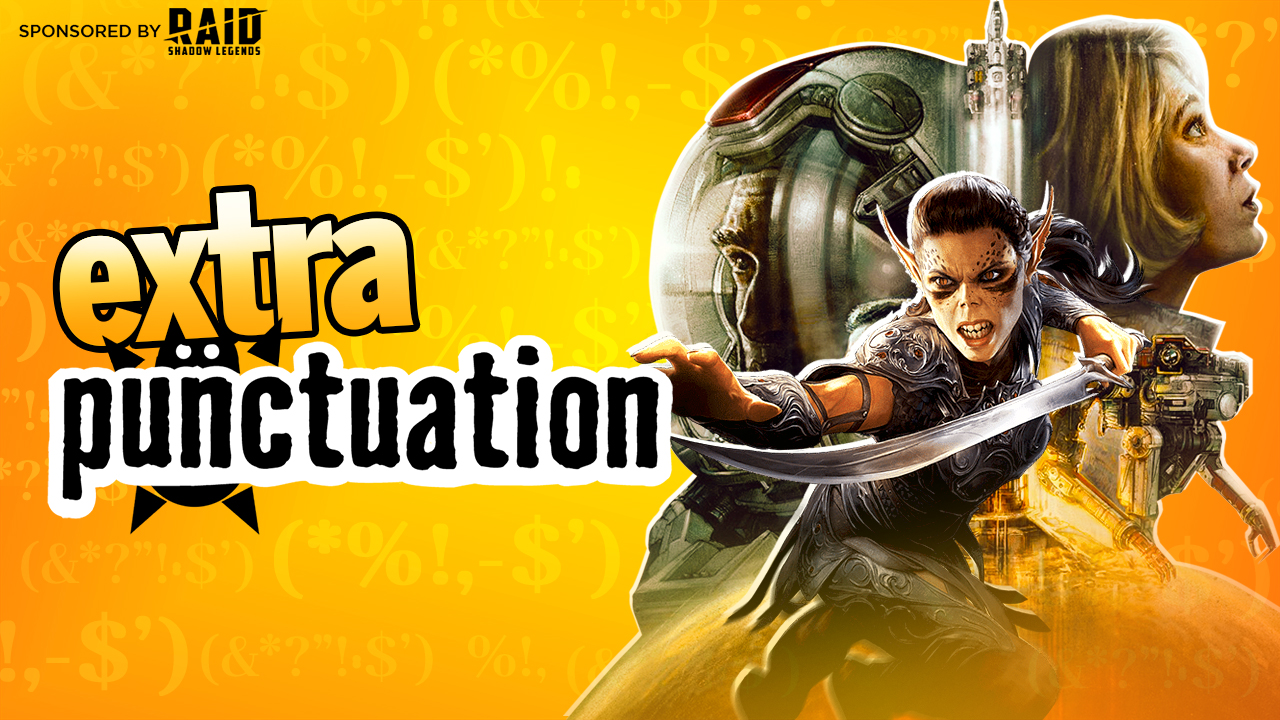
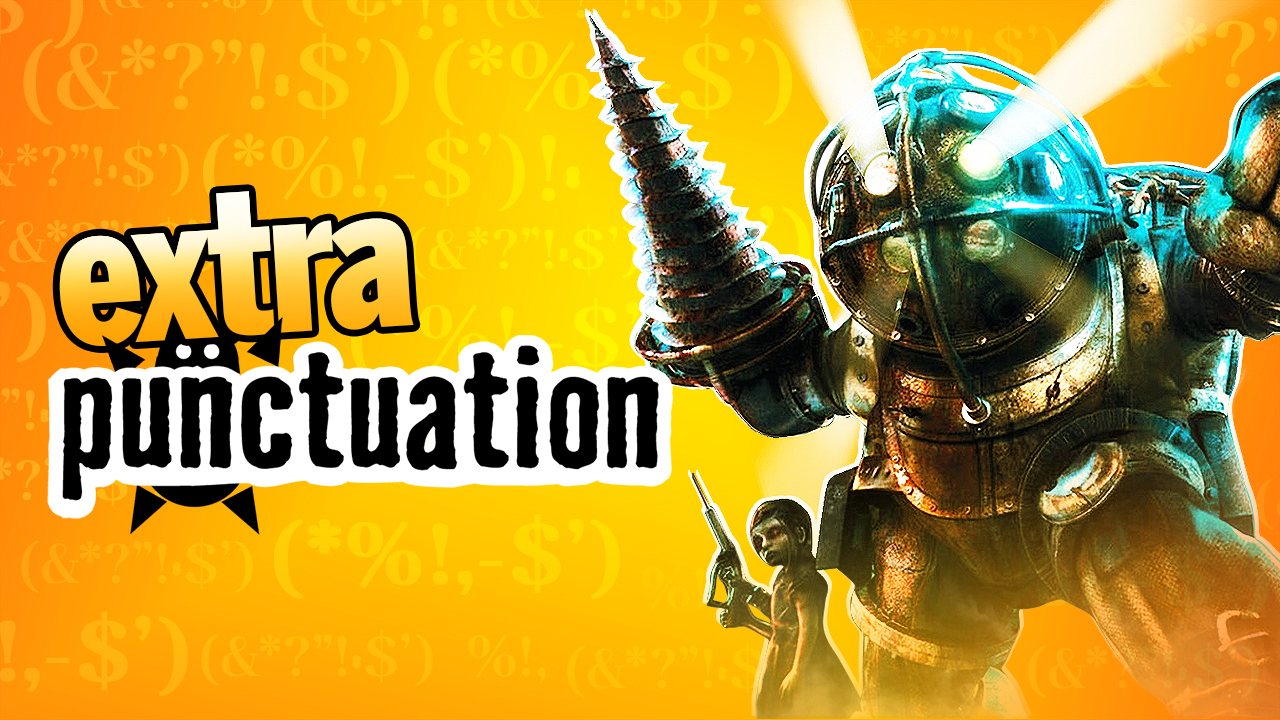
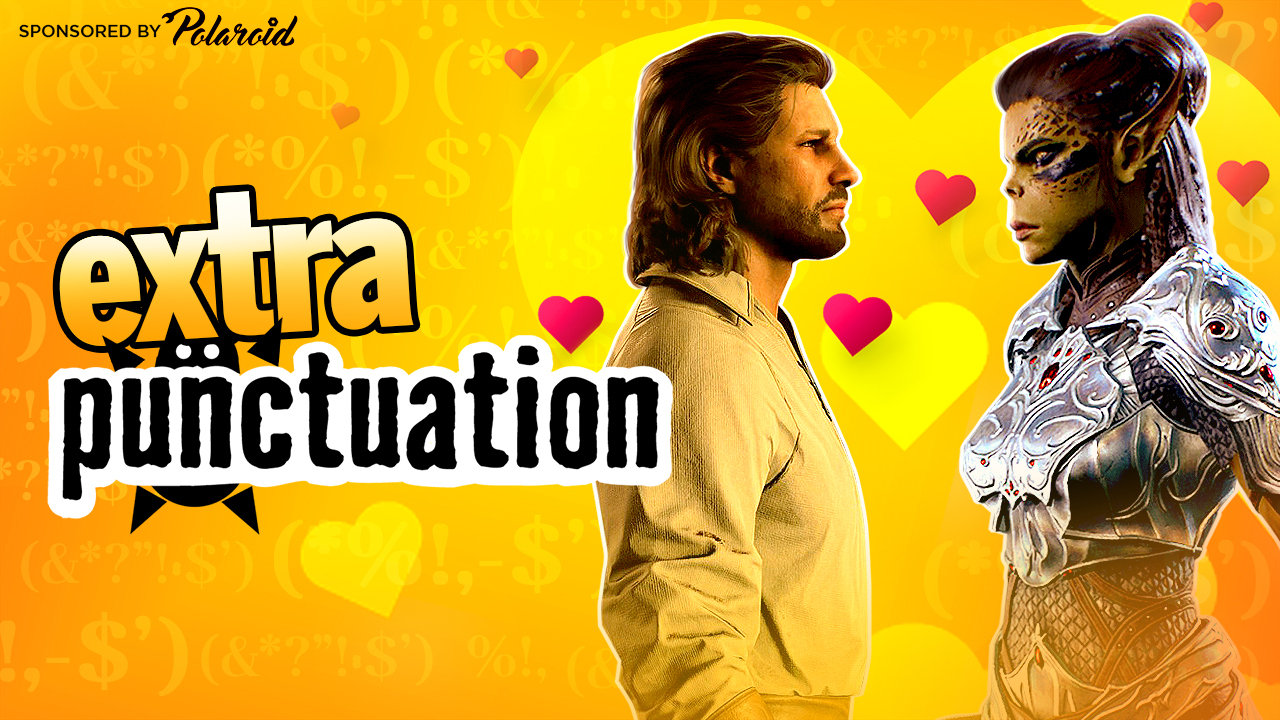

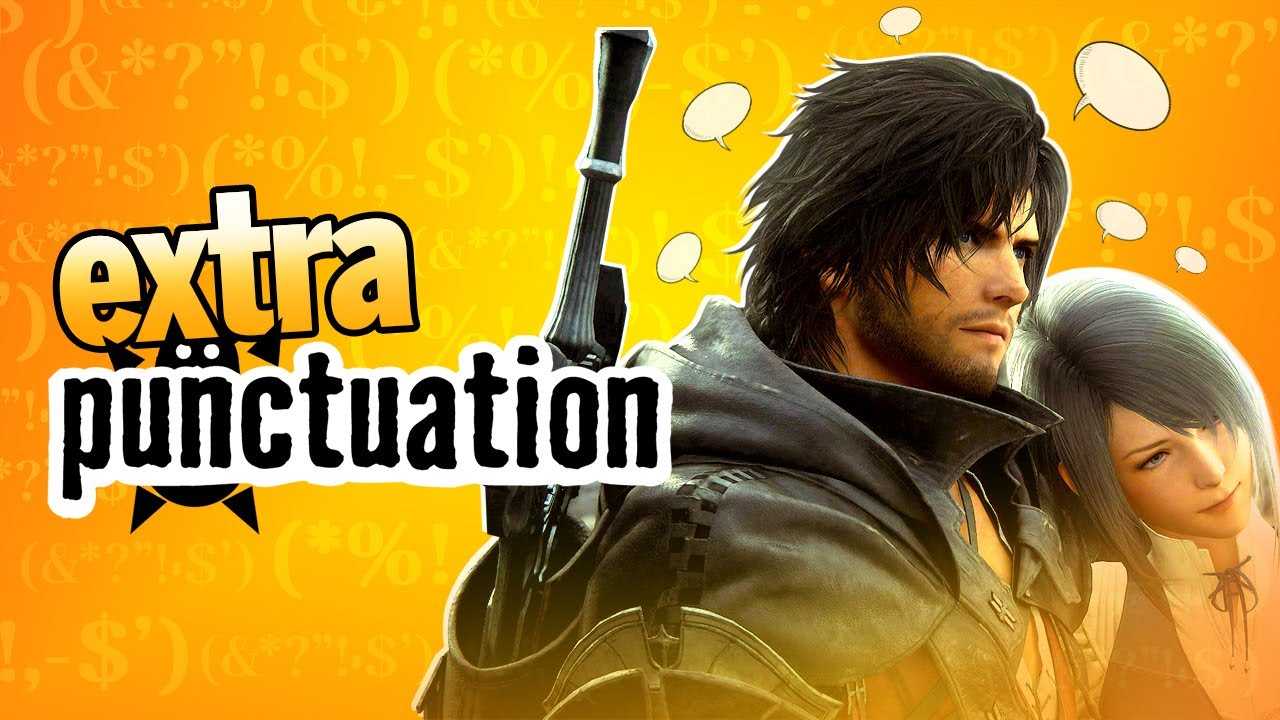
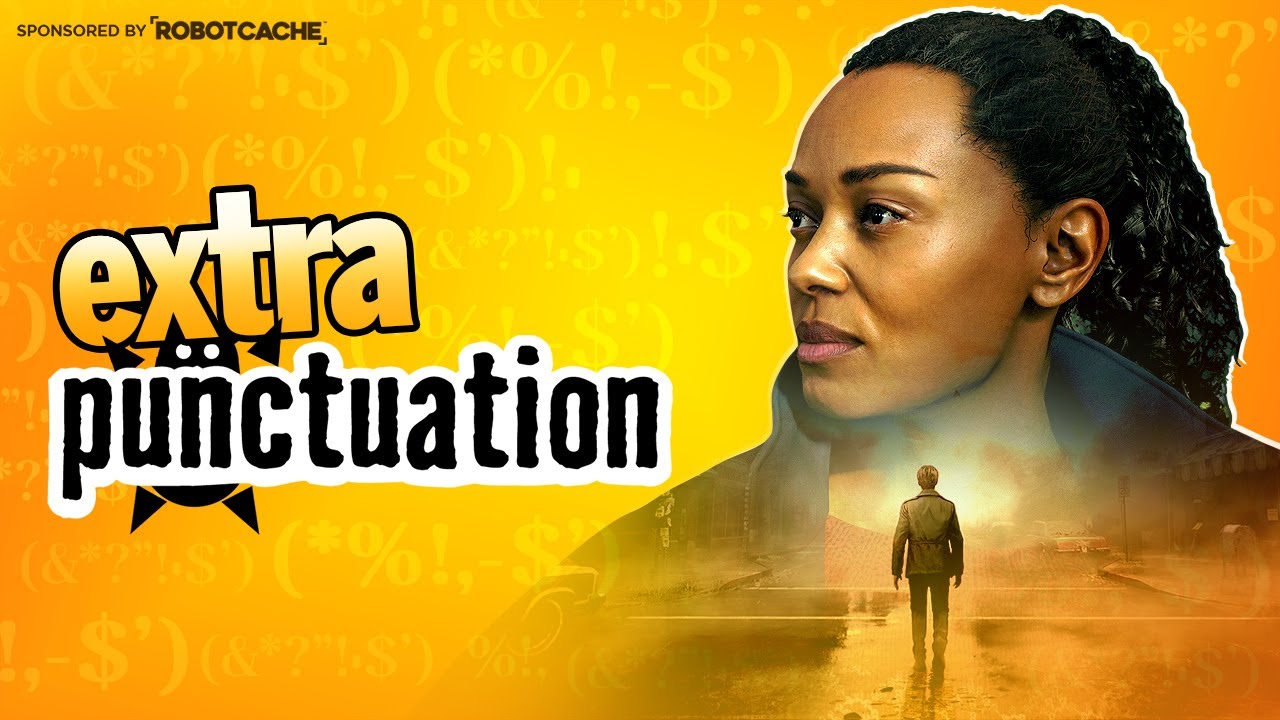
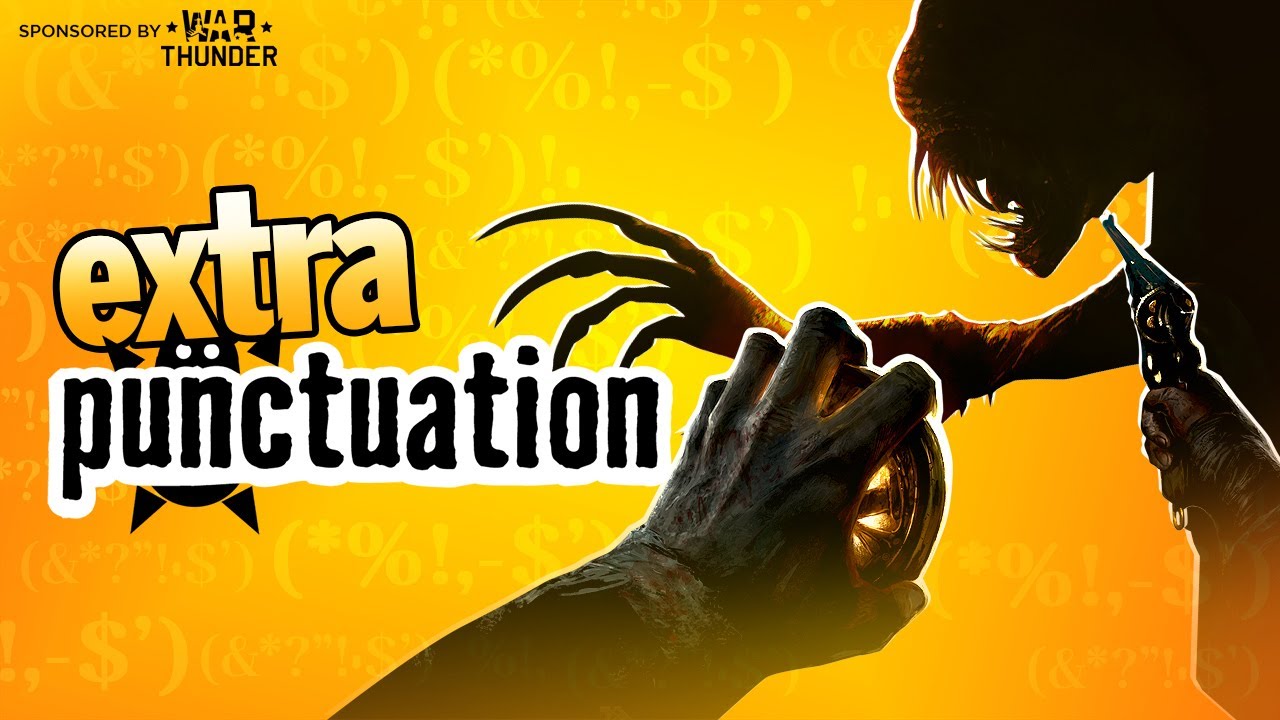
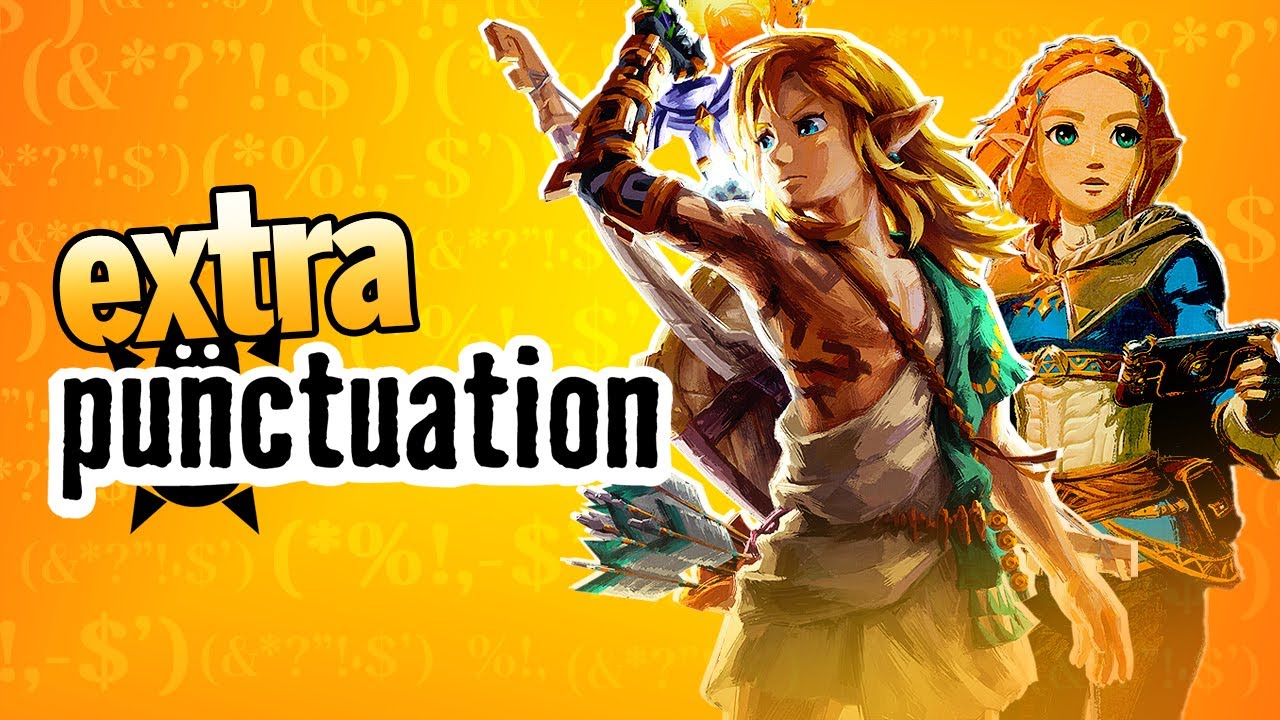
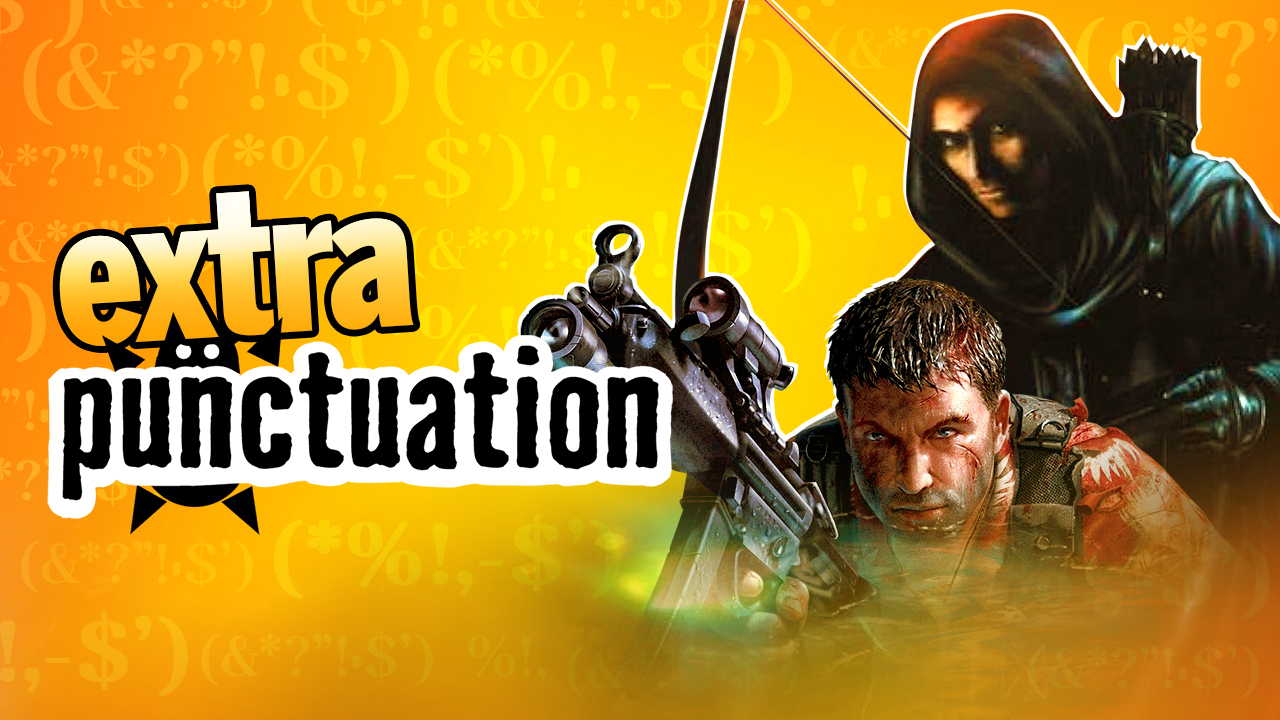

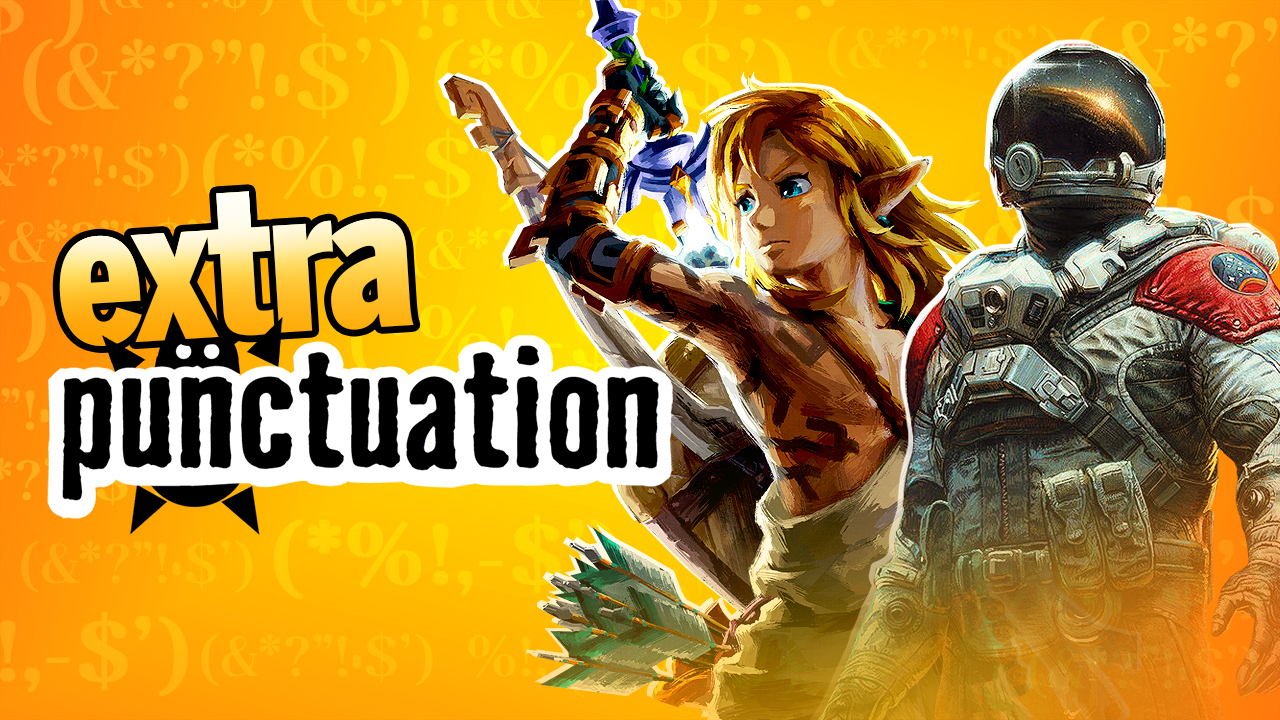

Published: Mar 3, 2022 4:00 PM UTC